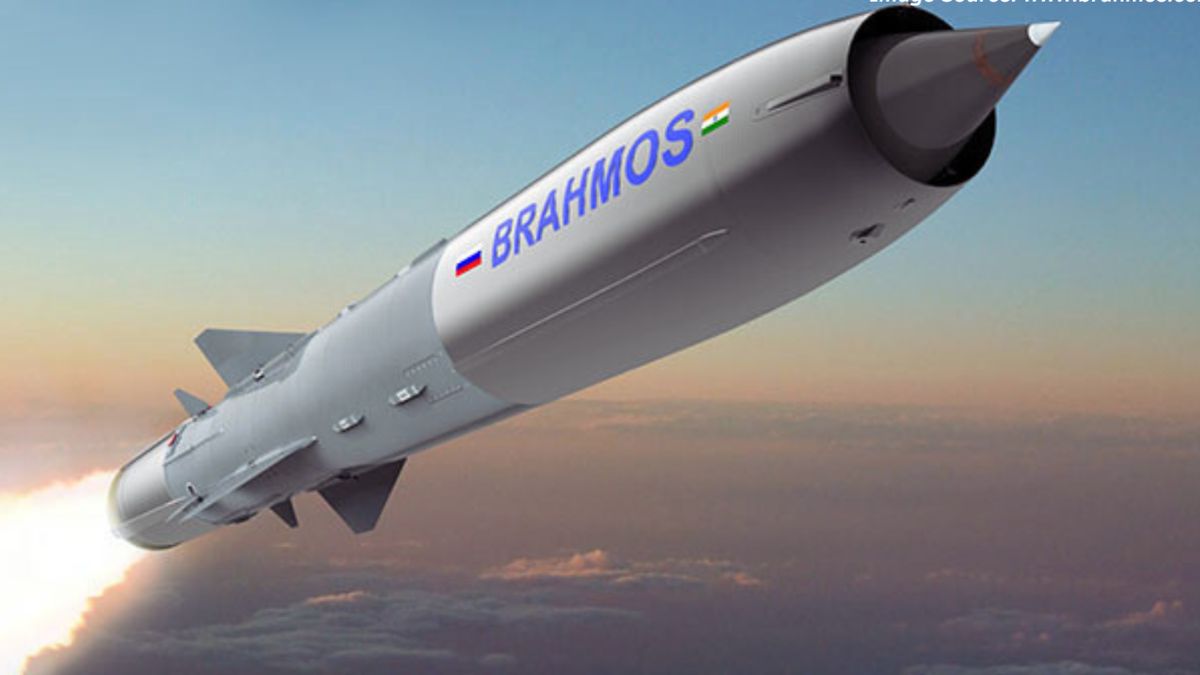How Indian Army’s Collaboration With IITs Is Expediting Defence R&D in India: An Analysis

To intensify its modernisation, Indian Army has joined hands with several IITs (Image courtesy: AI pic)
To boost India’s indigenous defence technology, Army Chief General Upendra Dwivedi last week inaugurated ‘Agnishodh’, the Indian Army Research Cell (IARC) at IIT Madras. The initiative seeks to combine academic research with practical military applications, supporting the Army’s modernisation and technology integration objectives within its 5 Pillars of Transformation framework.
That’s a reality that Indian people might witness in the near future. The Indian Army is drawing on the expertise of leading academic institutions across India to develop solutions for next-generation and future warfare. Technology remains at the heart of what are being referred to as the Army’s ‘five pillars’ of transformation—a process of modernisation set to unfold over the coming decade, having commenced in 2023.
What are the ‘Five Pillars of Transformation’ of the Indian Army?
In March this year, Chief of Army Staff General Upendra Dwivedi, while delivering the valedictory address of the Higher Defence Management Course at the College of Defence Management, Secunderabad, highlighted the Five Pillars of Transformation, encompassing the following:
1. Modernisation and technology infusion
2. Structural changes
3. Human resource development
4. Systems, processes, and functions
5. Increasing cohesion between the three Services
The ‘Agnishodh’ at the IIT Madras, specifically, advances one of the pillars, Modernisation and Technology Infusion and represents the Indian Army’s drive to seamlessly integrate academic research with real-time operational applications.
It will play a vital role in upskilling military personnel in key emerging areas, including additive manufacturing, cybersecurity, quantum computing, wireless communication, and unmanned aerial systems building a tech-empowered human resource base within the Armed Forces.
This isn’t the first instance that the army has joined hands with any IIT. In June 2022, Army Training Command (ARTRAC) partnered with the IIT Madras to establish a 5G Testbed at the Military College of Telecommunication at Mhow, Indore. The collaboration facilitated the Indian Army’s utilisation of 5G technology for its operational use, especially along the borders.
What are the collaborations between India Army and IITs?
IIT Kanpur: IIT Kanpur is engaged in collaborative research in engineering, physical and biomedical sciences, and management, alongside the development of advanced drone training modules and simulators. The IIT Kanpur will develop an advanced Remote Piloting Training Module (RPTM) and Software-in-the-Loop Simulator (SITL) as a system for drones and Unmanned Aerial Vehicles (UAVs).
IIT Ropar: Along with IIT Kanpur, the Army’s Western Command signed of a memorandum of understanding (MoU) with IIT Ropar for establishing a structured framework for continued engagement in defence research and development and field-ready innovations.
IIT Guwahati: The Indian Army’s 4 Corps, based in Tezpur, Assam, has signed a memorandum of understanding (MoU) with IIT Guwahati to collaborate on research, design, and fabrication of epoxy bamboo-based composites. These innovative materials are being developed to potentially replace conventional building supplies for constructing bunkers in high-altitude regions.
IIT Dhanbad: In May, the Indian Army and IIT Dhanbad signed an MoU to create certification programs for officers in data science, machine learning, and AI. Two key research areas include developing automated AI models for code review and optimization, and developing adaptive user interface models to implement flexibility.
IIT Bombay: IIT Bombay researchers have created modular bunkers over nine years to better protect soldiers and defense infrastructure from evolving warfare tactics and advanced munitions. These bunkers are designed to replace permanent defenses with rapidly deployable and more effective systems for forward and high-risk zones.
IIT Gandhinagar: IIT-Gandhinagar is dedicated to addressing the Army’s needs by creating lighter, stronger bullet-proof jackets and bunker materials.
IIT Delhi: IIT Delhi is working to improve the transition of new technologies from laboratory settings to practical applications. In partnership with IIT-Guwahati, the Army is developing bamboo-based composites for high-altitude bunkers.
IIT Indore: IIT Indore developed real-time tracking shoes equipped with embedded Radio Frequency Identification (RFID) and Global Positioning System (GPS) trackers for Armed forces to facilitate tracking of the location of military personnel. These innovative shoes harnessed the energy generated from each human step to power electronic devices such as GPS and RFID trackers.







